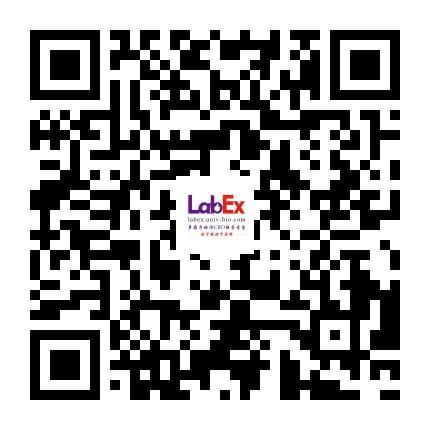Infliximab inhibits TNF-α-dependent activation of the NLRP3/IL-1β pathway in acne inversa
Acne inversa,Infliximab,TNF-α IL-1β,NLRP3,signalling pathway,信号通路,skin disease,皮肤疾病 LabEX支持文献- Heliyon
- 2024
- 4
- Human
- Luminex
- culture supernatant
- 皮肤病
Abstract
Background
Objectives
Methods
Results
Conclusions
LabEx Luminex平台助力探索调查应用IFX治疗AI时TNF-α依赖的炎症通路的变化
本周为大家带来的文献为发表于J Immunother Cancer. (IF: 4.0)的” Infliximab inhibits TNF-α-dependent activation of the NLRP3/IL-1β pathway in acne inversa”。本文使用了LabEx提供的Luminex检测服务。
痤疮逆行(AI),也称为化脓性汗腺炎,是一种慢性炎症性皮肤病,主要表现为疼痛性结节、脓肿和窦道,常见于含有顶泌汗腺的区域。AI的发病机制是多因素的,目前尚不完全了解。研究表明,各种促炎介质和趋化因子在AI的炎症阶段中起作用,特别是肿瘤坏死因子α(TNF-α),它在AI患者的皮损和血液中高度表达,并影响多种细胞类型。
FDA批准的唯一用于AI患者的生物药物是TNF-α抗体阿达木单抗(ADA),但并非所有患者对其都有良好反应。另一种TNF-α抑制剂英夫利昔单抗(IFX)在治疗AI方面显示出类似或更好的疗效。相比ADA,IFX在减少疾病严重程度、改善生活质量和正常化实验室参数方面表现更佳。IFX在AI治疗中是另一种有效选择,然而,针对IFX阻断TNF-α后的抗炎效果缺乏数据,因此需要进行机制研究。
本研究旨在调查应用IFX治疗AI时TNF-α依赖的炎症分子和通路的变化,设计包括检测AI患者和小鼠AI模型皮损中的通路富集情况,以及IFX治疗在体外人类AI皮肤切片和角质形成细胞以及小鼠AI模型中的效果和分子特征。
LabEx提供的Luminex检测服务:
样本处理后,活检样本固定在4%甲醛中或用最佳切片温度化合物(OCT)包埋,培养基则被收集、冷冻并储存在-80°C,以便进一步研究。培养上清液利用LabEx(中国上海)的Luminex多因子检测技术和ELISA检测进行了分析。
AI组织切片用IFX或PBS培养24小时后,收集培养上清液以量化细胞因子(图a)。热图展示了通过Luminex多因子检测技术对IFX或PBS处理的AI组织切片的培养上清液中的27种细胞因子的全面分析(图b)。值得注意的是,ELISA检测的TNF-α和IL-1β结果与Luminex分析中IFX治疗后的趋势一致(图c和d)。此外,通过分析GSE154773数据,我们证实了TNF和IL1B表达之间的正相关性(R = 0.7, P < 0.05)(图e)。在AI患者(图f-h)和小鼠AI模型(图i-k)的病变皮肤和血清中检测到升高的IL-1β mRNA和蛋白水平。

重要发现:
AI患者和小鼠AI模型的皮损中都富集了TNF-α和NLRP3炎症小体相关通路。经过IFX治疗后,NLRP3炎症小体相关通路在离体AI皮肤切片和小鼠AI模型中被有效阻断,IL-1β水平恢复正常。在机制上,IFX通过抑制NF-κB信号通路来降低角质形成细胞中NLRP3和IL-1β的表达。IFX治疗缓解了小鼠AI模型的皮损,并通过抑制NF-κB信号通路下调了NLRP3和IL-1β的表达水平,这有助于理解IFX治疗的机制。
本网站销售的所有产品及服务均不得用于人类或动物之临床诊断或治疗,仅可用于工业或者科研等非医疗目的。







 沪公网安备31011502400759号
沪公网安备31011502400759号
 营业执照(三证合一)
营业执照(三证合一)


